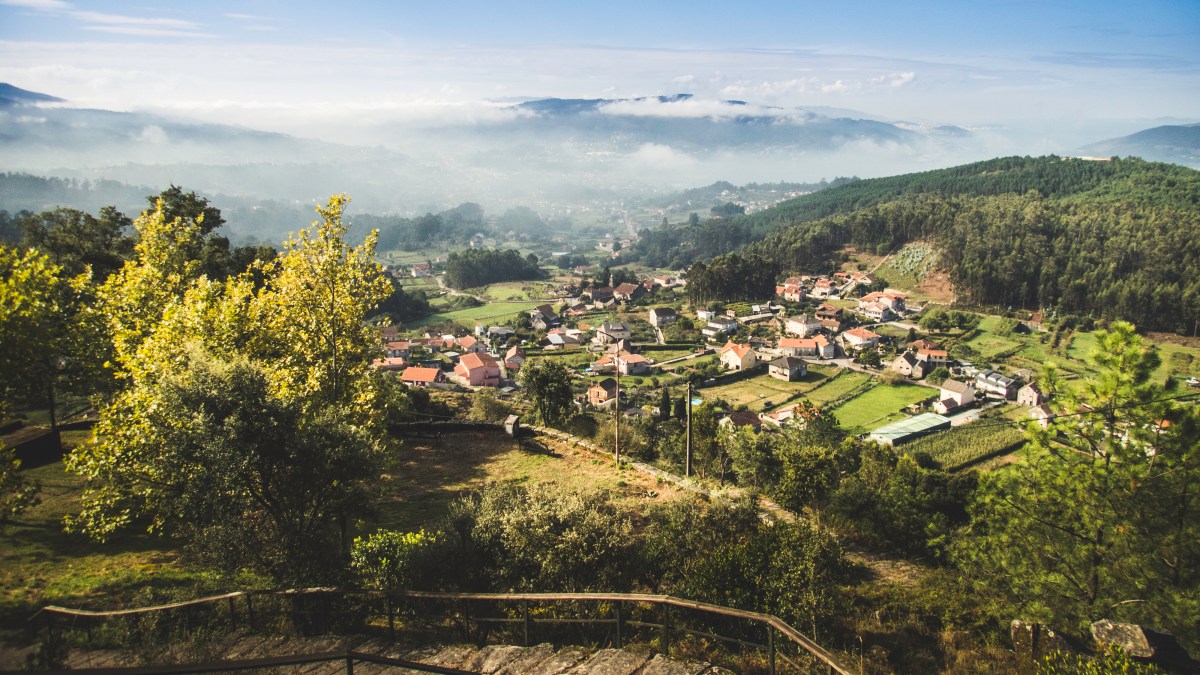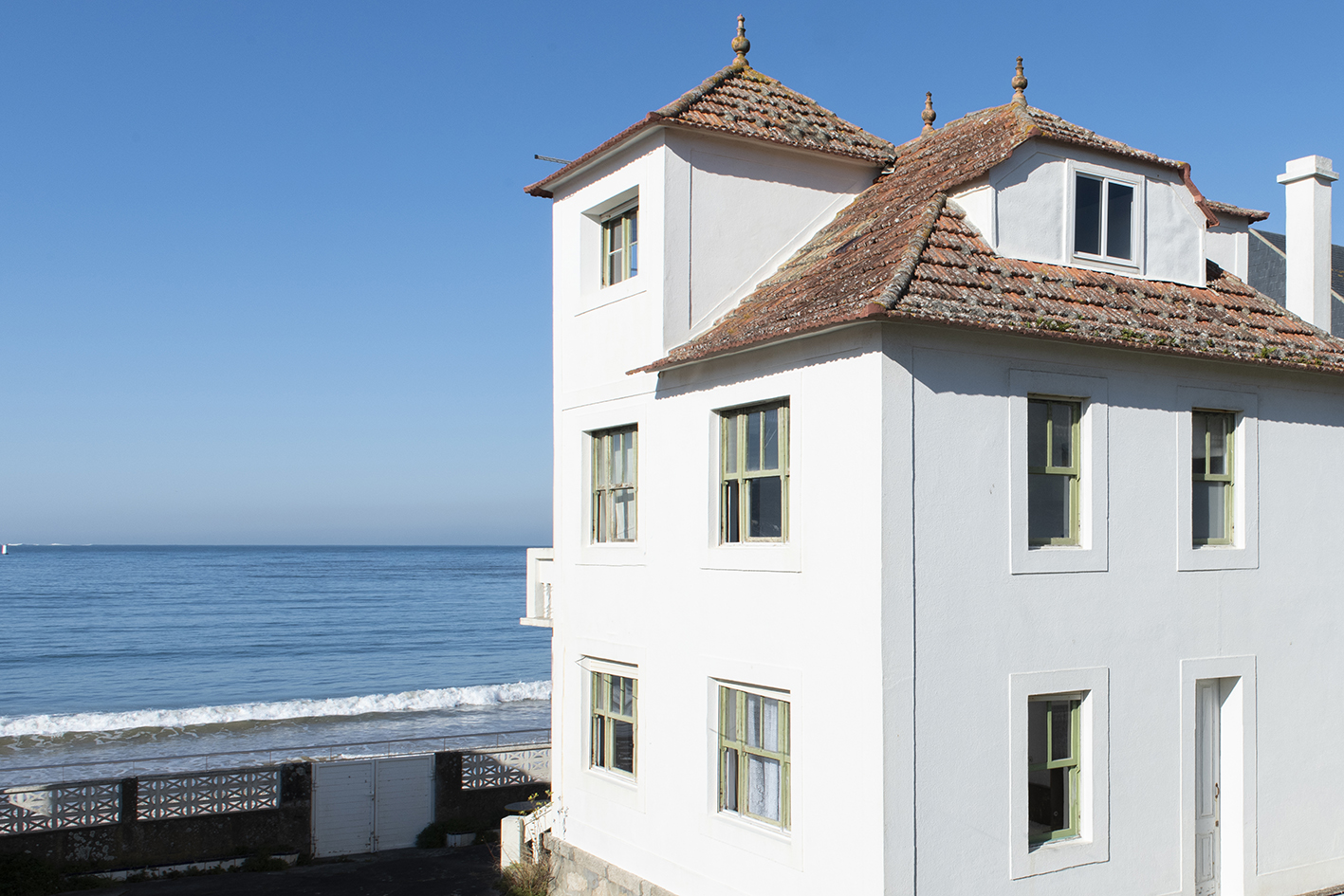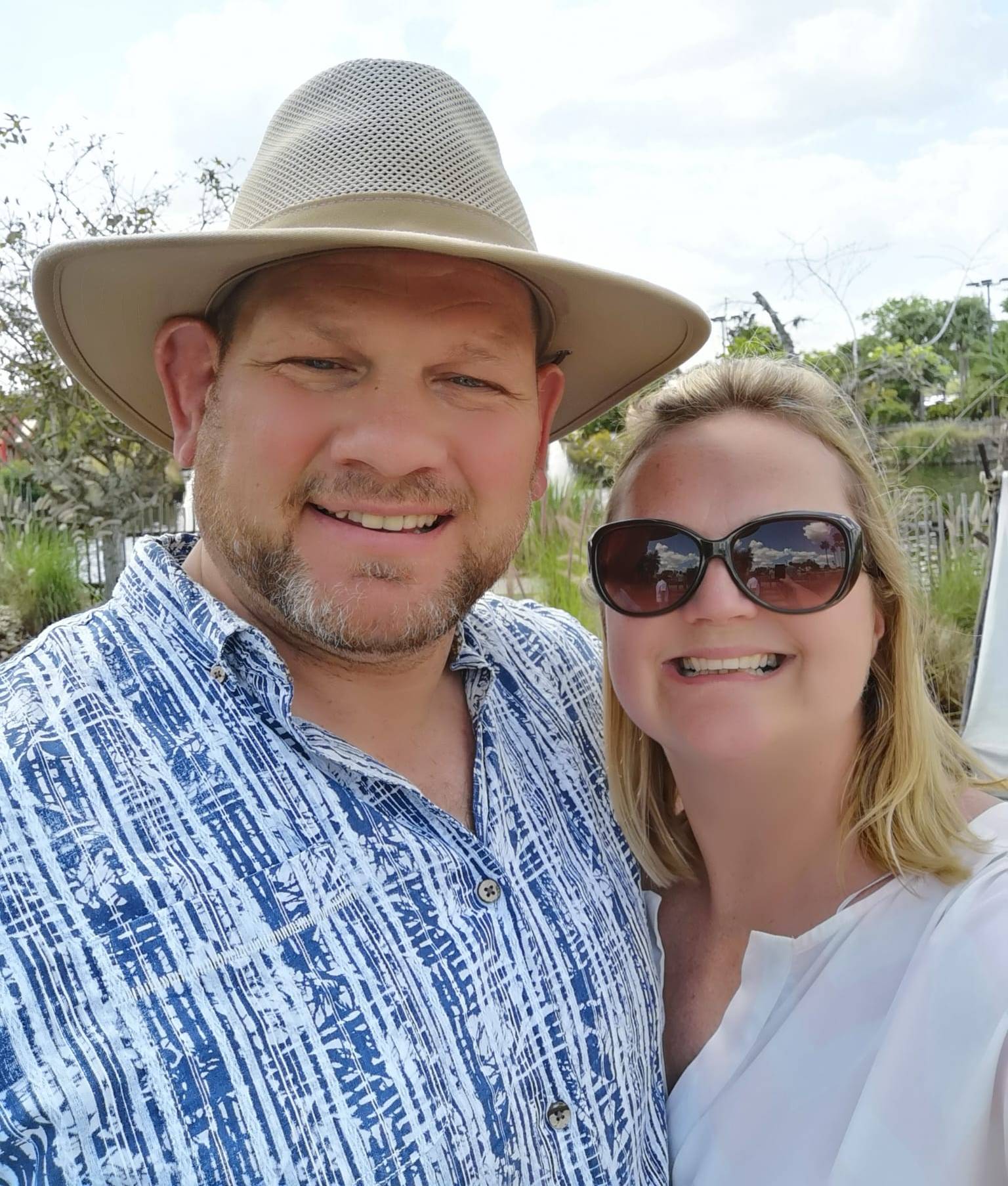James Byrne is enjoying semi-retirement in Marbella on the Costa del Sol after leaving the UK three years ago where he and his wife own a six-bedroom villa. “The quality of life is great and the perfect climate for most of the year,” says James, 48, a former commodities broker.
Yet in July and August it gets “too hot and too busy” (and parking is a nightmare) so they are house-hunting for a three-bedroom holiday apartment in Galicia on the north coast of Spain.
“We’ve been looking around the city of Vigo, where there is a real buzz and lots of investment. The drive up there is stunning — we love to do a road trip, stopping off at Lisbon. It’s like Cornwall with incredible seafood, fewer Britons and more sun — but nowhere near the mid-thirties of Andalusia.”
In a country where the last three summers have been the hottest on record, he’s not alone in looking to “Green Spain” — the lush northwest corner where mild, rainy winters are followed by summers in the low 20s in Galicia, Asturias and Cantabria.
Richard Gere and his wife, Alejandra Silva, have been viewing homes in Galicia
GETTY IMAGES
Another regular enjoying beaches refreshed by Atlantic winds and the verdant valleys of the network of camino (pilgrim) routes around Santiago de Compostela is the actor the Richard Gere with his Galician-born wife, Alejandra Silva, who now live in Madrid with their children.
The Pretty Woman star has been seen viewing homes in the upscale coastal town of Oleiros, near the city of A Coruña.
• Is the British dream of moving to Spain over?
“Many buyers are arriving from southern areas such as Andalusia and Valencia to escape the heat,” says Caroline Harris, the founder of Galicia & Green Spain Property and Relocation. “But the tranquillity is a big draw for those who want a relaxed feel and rugged coastlines rather than commercialised Costas. We also get requests for wine tourism projects.” The area’s albariño wines are renowned.
Her clients are residents of southern Spain but also Americans planning a full-time move. “A Texan family arrived last month with 11 suitcases and applied for a golden visa, with the purchase of a four-bedroom house in the city of Pontevedra,” she says. Spain’s golden visa scheme closed on April 3. It’s close to the SEK International School Atlantico, where the son enrolled, while off the coast are the pristine Cies Islands with salt-white beaches and crystalline waters.
In the past year, American buyers have been dominant, agrees Rafael Rosendo, of the estate agency Lucas Fox. “They spend from €700,000 (£606,000) but one bought the most expensive penthouse in Vigo for €1.5 million (£1.3 million). But we also have Dutch and German buyers.”
Interest in Galicia from foreign buyers has increased. Searches for properties made from outside Spain are up 232 per cent since 2019, according to the portal Idealista. The number of sales by a foreign buyer in the first nine months of 2024 (1,081 home sales) was up 11 per cent on last year, according to the analyst Spanish Property Insight, with the French and Germans the biggest groups.
A five-bedroom home in San Sadurniño, A Coruña, is on the market for €320,000 with Lucas Fox
Many businesses are opening in Vigo, with a new Atlantic corridor fast railway line planned to run from Lisbon via Porto up to A Coruña by 2030 — with a branch to Madrid. Many overseas buyers fly into Porto, an 80-minute drive from Vigo.
Stephen Schnepf and Munawar Ahmed have bought a home in Gondomar
Those include Munawar Ahmed and her husband, Stephen Schnepf, who have bought a home in Gondomar, 30 minutes south of Vigo, with spectacular white-sand beaches and sheltered inlets.
“We love the temperate climate, that it rains so much, and how easy it is to get to from New York (there are direct flights from JFK to Porto) and some of the best seafood in the world —especially percebes [goose barnacles]” says Ahmed, 49, a systems designer.
The couple, who bought a traditional three-bedroom stone house with large garden and swimming pool, love summers in Galicia but intend to move over fully when their two sons finish high school. “Our sensibilities and way of life are more aligned with Europe than the United States now.”
This six-bedroom beachfront villa in Panxón-Nigrán, near Vigo, is on the market for €1.8 million through Lucas Fox
There are also plenty of buyers spending less than €200,000, attracted by lower property prices than other parts of Spain, according to Harris. “This budget can buy a three-bedroom detached house inland that would be €350,000 to €600,000 in Pontevedra or Vigo.”
Southern Galicia, close to the Portuguese border — around Ourense and Muinos — is especially affordable. Mark McMillan and his wife, Angie, bought a 100-year-old four-bedroom rural house for less than €70,000 last year after finding summers in their Costa Blanca home too oppressive.
“At that price it was what the Galicians call a ganga — a steal,” says Scottish-born Mark, 49, who works for a Spanish legal company. “There’s a lot of Celtic culture here, in the music and some Highland-style dancing. It is the perfect place to just disconnect. Maybe we’ll retire there.”
• So Spain doesn’t want you? Here are the overseas places to buy a home in 2025
Demonstrations against over-tourism seen in other parts of Spain are unlikely to figure in this region, although demand for holiday lets is rising. The number of holiday lets rose 62 per cent in Galicia between 2019 and 2024, according to the analyst AirDNA, much more than the 7 per cent average across Spain. For Asturias it’s 49 per cent.
There are no restrictions on Airbnb lets in Ourense province, says Juan Carlos Moreiras, of the estate agency Moreiras Propiedad Inmobiliaria. “It is not a “tensionado” area [where a shortage of rental homes causes high prices]. We have sold many apartments for tourist lets — for €100,000 to €140,000.”
He says that non-EU buyers are not worried about possible tax increases mentioned by the prime minister Pedro Sanchez. “We do not see any indication that these measures will be implemented.”
Edward and Claire Baker moved to Galicia from the UK a year ago
Edward and Claire Baker chose Muinos when they moved to Galicia from Kent a year ago on a digital nomad visa. They bought a four-bedroom stone home with land for €140,000.
“My father lives in Malaga so we came on a road trip. We fell in love with the forests, the peace and tranquillity. It’s like the Lake District crossed with Scotland,” says Edward, 53, who is former military like Claire, 45, who now runs a compliance company. “We would love to open a retreat for veterans.”
Next-door Asturias is even less on the radar of foreign buyers than Galicia — but, again, that is changing. In 2024, 1,053 homes in Asturias were bought by foreign buyers, up 23 per cent year on year, according to the housing ministry.
They are drawn by its rugged coastline of fishing villages and 200 beaches and rural properties can start from €49,000 for a mountain cabin but areas around the cities of Oviedo and Gijon are popular, says Annika Daseking of Galicia & Green Spain Property and Relocation.
There’s also Cantabria, which has some of the least visited beaches in Spain, the smart city of Santander and the lakes and gorges of the Picos de Europa mountains.
It’s to these that Catriona Hogan will escape to in summer with her British family, who are based in Malaga province but have just bought a two-bedroom apartment near Reinosa — on the railway line from Santander — for €72,000.
“We’re looking to go fishing, hiking, walking, and to less crowded beaches that are more bearable in peak summer,” says the 58-year-old, who works in marketing. “It’s an up-and-coming area.”
Need to know
Now the golden scheme has ended the most popular visa for Britons moving to Spain and planning to work is the digital nomad visa. This is mostly easily applied for from Spain for those working remotely for a non-Spanish company or the self-employed with income sources outside Spain. For those not planning to work, the non-lucrative visa (NLV or retirement visa) has minimum passive income requirements.
There is 8 per cent stamp duty on second-hand homes, or 5-6 per cent in low-populated areas.





